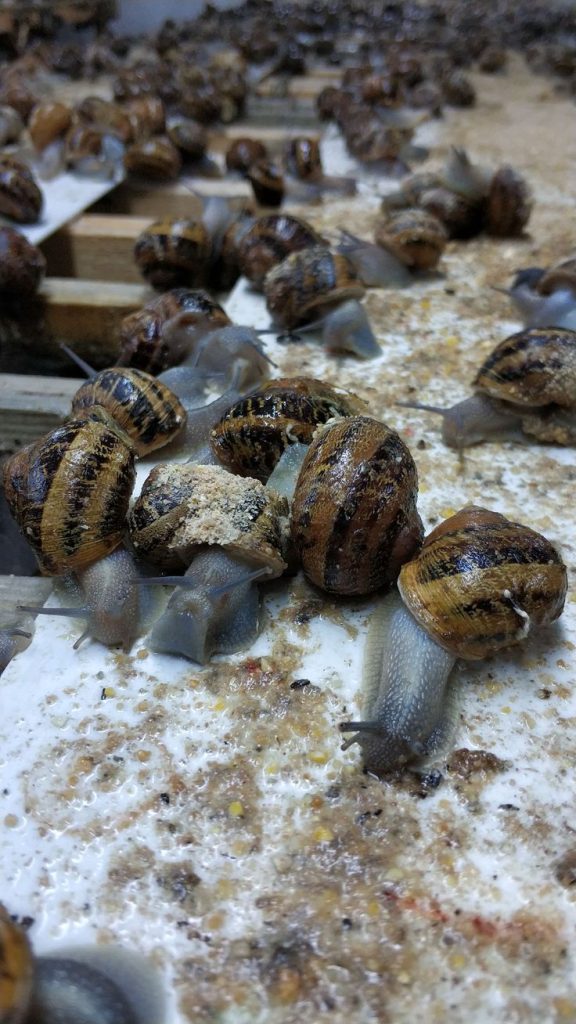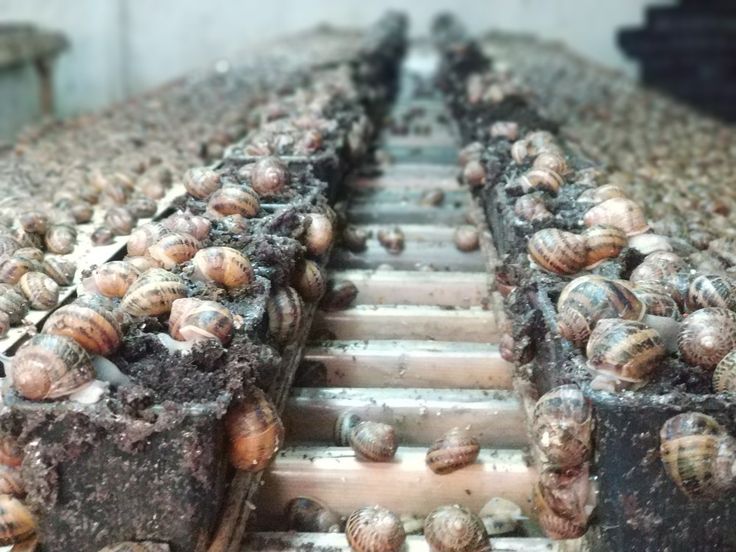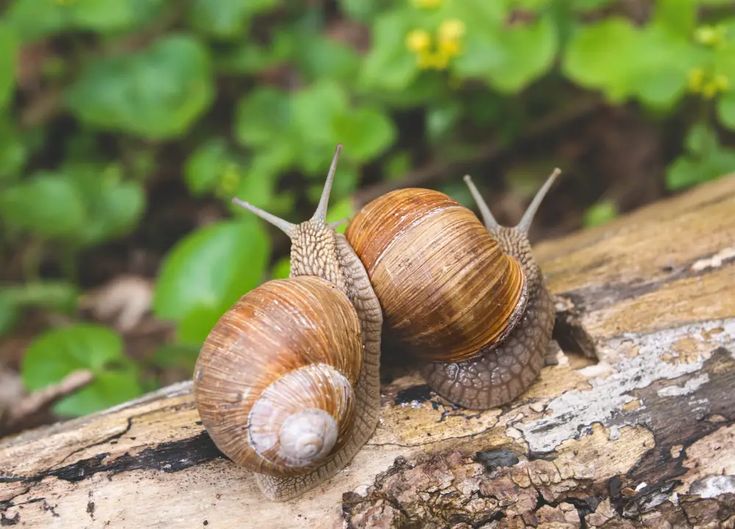Snail farming is a profitable and environmentally friendly venture that requires minimal investment and space. With growing demand for snail meat and slime in the cosmetics and pharmaceutical industries, many farmers are turning to this lucrative agribusiness.
Choosing the Right Snail Species
Selecting the right snail species is the first step in successful farming. The most commonly farmed species include Achatina achatina, Achatina fulica, and Archachatina marginata. These species grow quickly, have high reproductive rates, and adapt well to controlled farming environments.

Speaking of Snails Farming, at Kimd Group of Companies, we support beginner farmers by offering tailored business proposal writing services and design plans for various animal capacities. Therefore whether you’re just starting out or looking to expand, we provide the resources and expertise to help you succeed in the farming industry.
Setting Up a Snail Farm
A well-structured snail farm provides the right conditions for growth and reproduction. Snails require moist, well-drained soil rich in calcium to build strong shells. The farm should be shaded, protected from predators, and have adequate ventilation to maintain the right humidity levels. Farmers can choose between free-range systems, pens, or trench systems, depending on the available space and investment capacity.

Feeding and Nutrition
Snails thrive on a diet of fresh vegetables, fruits, and calcium-rich supplements like eggshells or limestone. A balanced diet ensures faster growth, higher reproduction rates, and stronger shells. Farmers must provide fresh food regularly and ensure proper hydration to keep the snails healthy.

Breeding and Growth Management
Snails reproduce quickly under optimal conditions. They lay eggs in moist soil, and hatching takes about two to four weeks. Farmers should separate hatchlings from adult snails to prevent overcrowding and competition for food. Regular monitoring of growth rates and maintaining proper hygiene help in achieving high survival rates and productivity.

Harvesting and Marketing
Snails reach market size in about six to twelve months, depending on the species and feeding practices. Harvesting should be done carefully to avoid damaging the snails. Snail meat is in high demand in local and international markets, making it a profitable venture. Farmers can sell to restaurants, supermarkets, exporters, and pharmaceutical companies for maximum returns.

Conclusion
Snail farming is a low-cost, high-reward business that requires patience and proper management. With the right species selection, farm setup, feeding plan, and marketing strategy, farmers can achieve sustainable profits. As demand for snail products continues to rise, investing in snail farming offers great potential for both small-scale and large-scale farmers.
